Packaging`s Essential Role in B2B Product Marketing
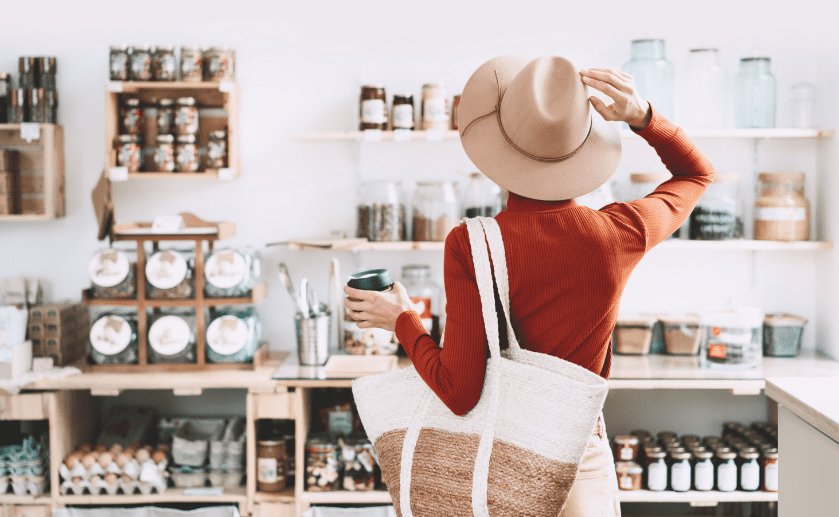
Packaging`s Essential Role in B2B Product Marketing
According to recent reports, the sustainable packaging market is expected to reach US$ 490.5 billion by 2034. This underscores the demand for sustainable packaging in the manufacturing industry. It holds equal importance even in B2B product marketing with 66% of companies with such commitment. Let’s explore its importance and other aspects.
What is Packaging for B2B Product marketing?
B2B packaging, though refers to packaging, differs from B2C packaging. Here, brands go for tailored packaging solutions designed specifically for B2B transactions. The packaging in B2B marketing primarily focuses on practicality and efficiency over flashy designs. Even the use of materials, packaging design elements, and functionality all aim to meet the needs of businesses rather than customer perception for scaling.

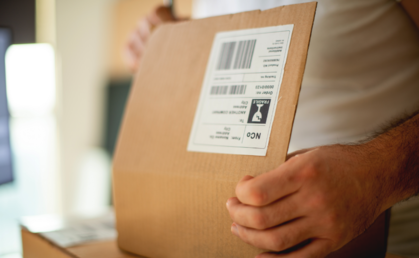
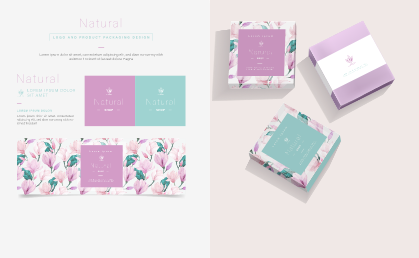
How Does B2B Packaging Stand Apart?
Packaging Design
The packaging in B2B marketing is more focused on functionality than aesthetics. The aim is not to dazzle with vibrant colours but to adopt a more straightforward functional packaging approach centred around goods safely and efficiently. For instance, consider IKEA that incorporates their signature blue and yellow into functional packaging elements like boxes and bags.
Functionality
B2B packaging involves sturdier materials that can assure protection against the rigours of industrial environments. For insrance, Caterpillar is known for using heavy-duty corrugated cardboard and metal banding for their construction equipment for safety against harsh environment. If the packaging can help ensure safe transport and handling, it will be best received by brands seeking to overcome supply chain challenges.
Target audience
B2B functional packaging appeals to businesses and professionals. This difference in target audience requires a unique approach to communicating a clear brand message while conveying reliability and trustworthiness. One of the best examples is Samsung that clearly details product information and diagrams directly on their packaging for users.
The rising importance of Sustainability in Packaging
With 75% of companies already being affiliated to explore sustainable packaging commitments, there has been a significant demand for the same in B2B product marketing. Eco-friendly packaging solutions are the new trend. In the rise of the circular economy, 30% of organisations have clear metrics surrounding recyclability content. This commitment is essential from the business’s point of view to enhance brand reputation and attract environmentally conscious clients.

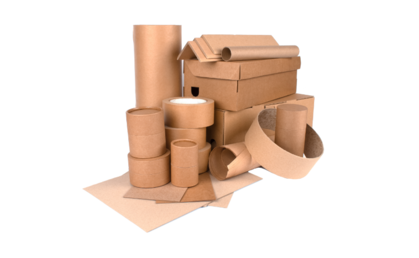
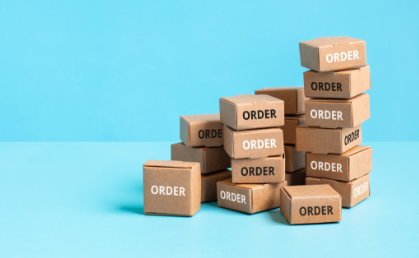
Driving business success through Sustainable Packaging
Enhanced B2B Branding
Nearly 70% of B2B buyers think about sustainability as one of the top three priorities while partnering with suppliers. With sustainable packaging, businesses can easily improve their portfolio and build lasting relationships with B2B customers.
Improving Customer Satisfaction
Around 60% of customers from developing countries are looking for sustainability while making purchases. When you provide the same and ensure that products arrive intact and undamaged, it fosters reliability and counts for high customer satisfaction.
Driving sales and revenue
Eco-friendly packaging is no longer just a requirement but a competitive edge. Europe has experienced 36.7% revenue from companies with sustainable packaging. With increased B2B branding, well-competitive differentiation, improved customer perception, and reduced packaging waste, it is imperative for brands to experience high sales and revenue with sustainable packaging.
Conclusion
Sustainable packaging is not just a regulatory obligation. Now, you can also call it a strategic differentiator. That’s why brands are considering sustainability to packaging to gain a competitive edge and partner with environmentally conscious clients. Moreover, going for sustainable packaging initiatives can become a source of brand pride and a compelling selling point in the B2B marketplace.
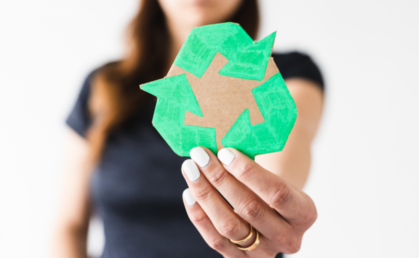
Looking for the best sustainable packaging solutions? Partner with the right packaging solution provider. Moglix helps you with the right functional yet sustainable packaging innovations for long-term relevancy and impact. Visit our website to learn more.
Analyzing Consumer Perspectives on Food Packaging | the Positive, Negative, and Unappealing
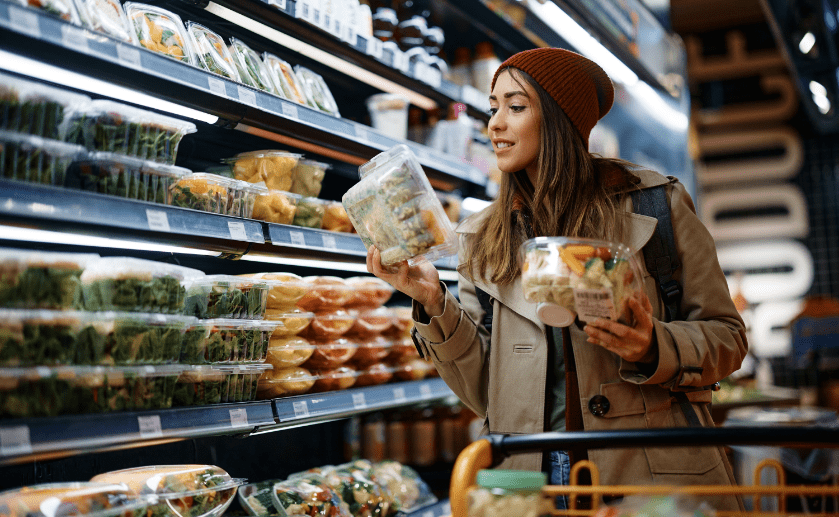
Analyzing Consumer Perspectives on Food Packaging | the Positive, Negative, and Unappealing
The packaging industry is going through new trends every year as per consumer behavior. Nearly 60% to 80% of customers want a “wow” factor during unboxing. The same consumer perspectives apply to food packaging as well. In this regard, it’s important to understand what food packaging factors excite them and what drives them to switch brands with the first impression.
Different Food Packaging Factors Affecting Consumer Perspectives
Convenience
Would you not prefer a food package with resealable closures? Because they help keep foods fresh while you’re on the go. That’s one way of adding convenience to packaging. Weight is another factor. Lightweight packaging not only counts as one of the positive aspects but also saves companies a lot on shipping costs. Some other deciding factors could include the shape of the packaging, flexibility, ease of product dispensing, and serving portions.
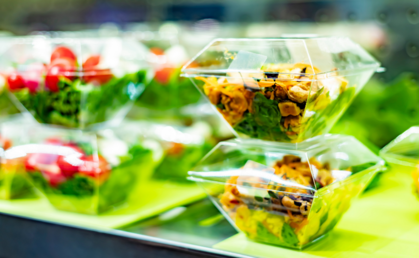

Eco-friendliness
Nearly 69% of customers can g o for a premium price if the product is made up of sustainable material. This is a clear boost for brands to adopt eco-friendliness in packaging. The two biggest positive aspects of eco-friendly packages are they are non-toxic and allergy-free. That’s why customers with pets and toddlers feel safe with such packaging. Plus, eco-friendly materials are the biggest boost towards reducing the carbon footprint (greenhouse gases) in the atmosphere. Environment-conscious customers also know that this strategy can help them reduce toxic emissions by up to 45% by 2030 and reach net zero by 2030, as per the Paris Agreement.
Unclear labelling
If a product’s packaging is confusing, it can negatively influence the pacakging perceptions of customers. For instance, jumbled texts and tiny symbols drastically reduce customer engagement. It would be difficult to identify ingredients, understand nutritional information, and figure out portion size. That may also create a lack of trust and induce decision paralysis in customers. This is the reason brands highlight essential information in simple language designed with bold, readable font sizes. For instance, brands like Nature Valley, Honest Tea, and Ben & Jerry simplify their packaging language with icons, bold fonts, and relatable potion size indicators.
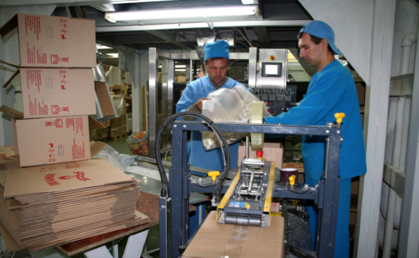

Overuse of plastic
Despite so many environmental concerns, nearly 141 million tonnes of plastic packaging are generated every year. Surprisingly, 50% of those plastics are used only once. As a result, such packagings contribute to 1.8 billion tonnes of carbon emissions per annum. In this regard, customers are getting quite serious about reducing plastic usage to save the planet. As per a survey, around 87% of consumers expressed they would like online retailers to minimize the quantity of plastic in the packaging they use.
Looking for sustainability in your packaging solutions that positively influence consumer behavior and packaging perceptions of your brand?
Let Moglix help you with trending packaging innovations that score high on consumer perspectives. Visit our website to learn more.
Decoding Consumer Perspectives: The Impact of Food Packaging Trends
Contract Manufacturing Advantages: A Comprehensive Guide
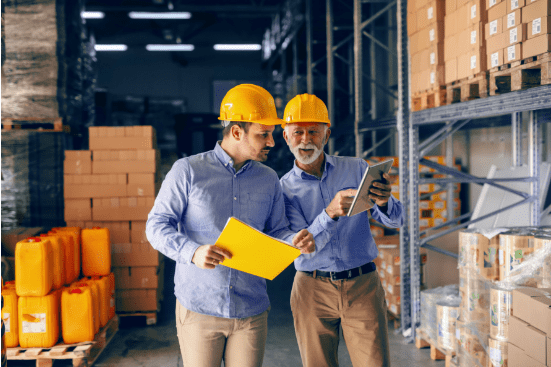
Contract Manufacturing Advantages: A Comprehensive Guide
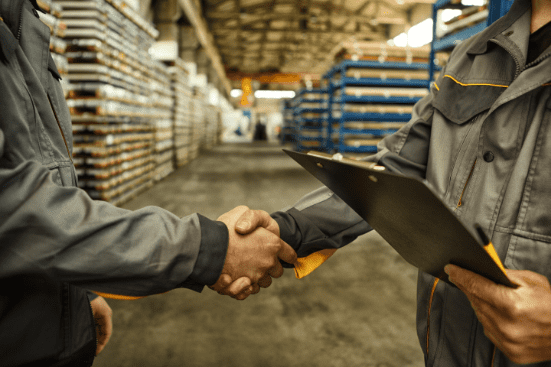
Contract manufacturing is growing a lot, especially in the Asia-Pacific area. Industries like electronics and pharmaceuticals are driving this growth. The global market is expected to grow by 5.3% each year from 2021 to 2030.
Along with the rising demand for custom goods and services, this trend shows how contract manufacturing can help save money and spark new ideas.
Companies can reach their goals, meet their needs, and keep the high standards they want when they work with makers to outsource production. The contract manufacturer produces the goods, tests them, and sends them to the purchasers.
Contract manufacturing vs. Traditional manufacturing (OEM)
Businesses often contemplate between contract manufacturing and OEM. They look at cost, control, and speed. A survey asked this to 163 industry professionals, and 85% chose contract manufacturing. Businesses aim to use resources better and want to focus on core tasks.
Contract manufacturing improves quality and brings new ideas. OEM offers more control and protects intellectual property. However, OEMs cost more and need to be more flexible. This shows contract manufacturing meets market needs and supports industry growth.
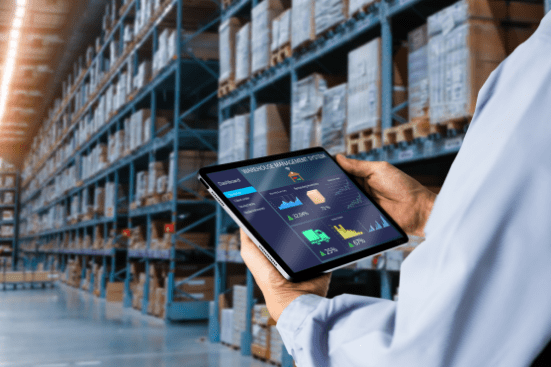

Outsourcing Manufacturing: Benefits
Last year, Apple started to make 12 billion iPhones in India. They focused on buying parts locally and making assembly better. Outsourcing manufacturing is getting more common. This way, they save money and get other big benefits, too.
- Proximity to End Customers: McKinsey has found less international shipping of products now. More goods are being made and sold locally, especially in growing markets. A good example is how semiconductor chips are made in Asia for local customers. This helps cut down on shipping costs and makes delivery faster.
- Operational Savings: By outsourcing, firms can close or make their local plants smaller. This lets them focus more on research and development and helping customers. It also cuts operation and ownership costs.
- Access to Raw Materials: Costs can go down for local manufacturers close to the source of raw materials. This is helpful for fields that need a lot of different materials, like the semiconductor industry.
- Specialized Suppliers: Dedicated suppliers are available in manufacturing hubs such as Asia. Local manufacturing makes precision equipment and technology more affordable.
- Product Development Expertise: Some countries are popular for contract manufacturing. For instance, Malaysia is an expert in electronics. It helps big companies like GE and Siemens produce faster and cheaper goods.
- Specialized Personnel and Equipment: Outsourcing allows access to special machines. It helps hire skilled people for short jobs. This means we don’t need temporary workers. We also don’t need to buy expensive equipment.
- Ease of Product Movement: Contract Manufacturers who know trade laws can move products easily between countries. This lowers the risk of legal problems.
Advantages of partnering with a contract manufacturer
In 2023, Intel partnered with eight companies in India to make laptops locally. They did this for a few smart reasons:
- Saving Money: Making things in India costs less because the workers and materials are cheaper. Intel doesn’t have to spend much money setting up its factories.
- Making Better Laptops: By working with these Indian companies, which are good at what they do, Intel can ensure their laptops are of high quality and get to customers without delay.
- Reaching More People: Intel is also changing some of their laptops so they can sell them in India and other new places where people are looking for good, affordable technology.
- Making things this way helps Intel save money, make better products, and sell to more people worldwide. It’s a clever plan to grow their business and develop new ideas.


Best practices for risks and compliance management
Your Request for Proposal (RFP) is very important when choosing a contract manufacturer. It helps you pick the best one by looking at their services, financial health, tech skills, and legal compliance. Make sure they have a strong history of success, know what they are best at, and can handle your project’s tech needs. Be careful about risks, like protecting your ideas and checking all legal details.
Final words
Companies can now choose where to make their products worldwide. This use of special skills and cost cuts has made manufacturing global. China is a big player in electronics and consumer goods. Southeast Asia, Eastern Europe, and Latin America are also important. The choice depends on labour costs, infrastructure, and how stable a place is.
To navigate the global manufacturing shift, learn more about partnering with contract manufacturers through insights from Moglix.

Navigating Seasonal Packaging Trends for 2024

Navigating Seasonal Packaging Trends for 2024

52% of consumers make repeat purchases from brands with unique packaging. Brands are finding new ways to make their product packaging match what customers want. They use cool designs made of recycled materials that match the seasons, like Christmas or summer. Let’s understand what new seasonal packaging trends you might see in stores this year.
Understanding what consumers like in Packaging
Did you know that 72% of people are more likely to buy items in a cool package? There are many things to consider to make a package look great. For instance, lots of folks love packages with bright colors and fun pictures, which makes them want to choose that item more than others. Besides making it look fun, companies also consider who will buy their stuff, like how old they are or if they live in the city or the countryside, and consumer behavior to make their packages look super appealing.


Top 2024 Packaging Innovations and Seasonal Market Trends
Sustainable Packaging
Nearly 69% of consumers are ready to bear extra costs for sustainable products. That is why sustainable packaging is the trend. In this regard, brands use eco-friendly materials to align with customer values. This also helps companies meet sustainability demands while maintaining packaging quality per consumer preferences.
Minimalism in Design
The demand for minimalist package design is also accelerating. As per the latest survey, around 76% of consumers like product packages with clean lines, simple color palettes, and uncluttered designs. All it takes is to bring sophistication and authenticity to stand out on those crowded shelves in that minimalist packaging aesthetics.


Interactive packaging
Big e-commerce platforms like Flipkart, Myntra, and Amazon also use interactive technologies (e.g., QR codes) in the packaging to increase consumer engagement. For instance, the QR code allows access to additional product information through the mobile device that brands find hard to fit into the package design.
Custom packaging
Big brands like Birchbox, L’Oreal Color & Co hair dye, Concrete Jungle, and Le Petit Trou have nailed custom packaging. Custom packaging means making packages that match special times of the year or big events. When companies put pictures or words that customers choose on the package, the product feels special and exciting. This also helps people recognize and love the brand more while meeting consumer preferences.


Limited edition (seasonal) product packaging
Limited edition packaging is when companies make special packages for certain times of the year, like Christmas or Halloween. They use colors, symbols, and pictures that remind people of that holiday or season. This makes customers feel happy and remember good times, which makes them more interested in buying the product and helps the company sell more.
End Thoughts
The packaging industry is seeing new packaging market trends based on consumer behavior. Brands are now paying more attention to personalized packaging to increase customer satisfaction. Focusing on completely sustainable packaging solutions is the best approach to staying ahead in the market.
Looking for ideal future-proof packaging solutions? Partner with the right packaging solution provider.
Choose Moglix to leverage the latest packaging innovations for long-term relevancy and impact. Visit our website to learn more.

Key Supplier Selection in B2B Procurement’s Packaging Revolution
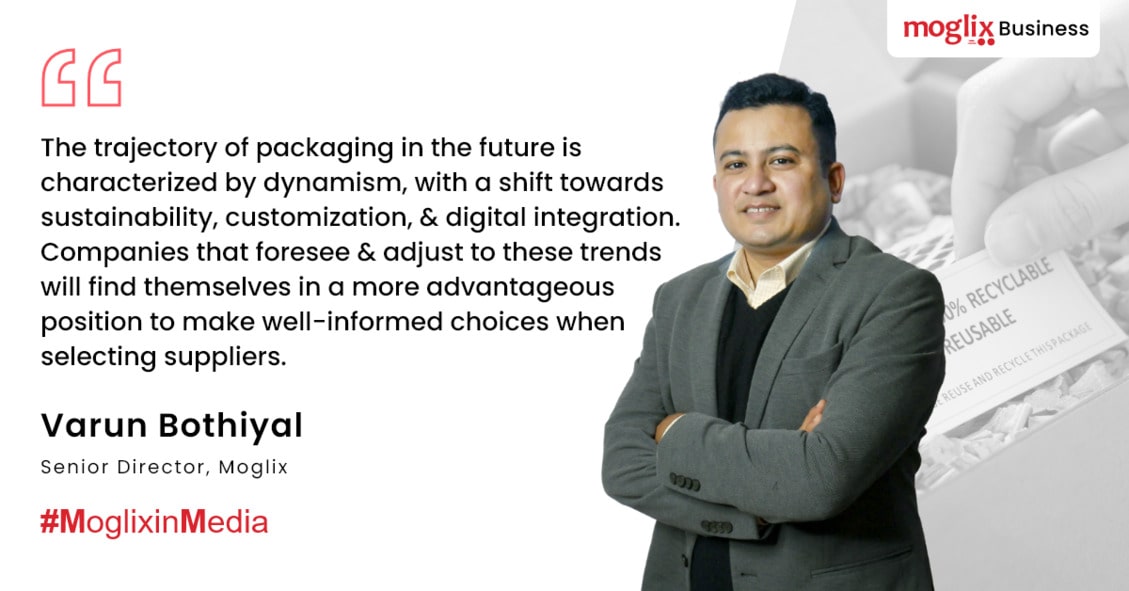
Key Supplier Selection in B2B Procurement’s Packaging Revolution
Packaging serves as a powerhouse, influencing product quality, customer satisfaction, and operational efficiency. Well-crafted packaging serves as a visible commitment to a supplier’s competitiveness and sustainability goals, leading to reduced costs and waste. The integration of technology, such as IoT and data analytics, amplifies operational efficiency. Future trends center around sustainability, customization, and digital integration. Be proactive in anticipating regulatory changes and staying informed. In the dynamic B2B landscape, strategic procurement, particularly in selecting suppliers with packaging expertise, is essential for gaining a competitive advantage.
The Life Cycle of Corrugated Packaging, why Recycling Matters

The Life Cycle of Corrugated Packaging, why Recycling Matters
Corrugated packaging boasts a recycling rate of about 30% in India, one of the highest among packaging materials. This high recyclability indicates the degree of responsibility we have in managing its life cycle effectively. Understanding this cycle is the key to realizing why recycling isn’t just beneficial but essential for our planet. In this regard, this article covers the life cycle of corrugated packaging and highlights the vital role of corrugated recycling in fostering a sustainable future.
The Life Cycle of Corrugated Packaging
Corrugated packaging has a fascinating life cycle. It goes as follows.
- Creating the board: Corrugator, a key machine in this process, brings together three to seven sheets of paper to form a single, double, or triple wall board. This is a continuous process where sheets are corrugated, glued and cut to size.
- Corrugation: The process involves giving a v-shape to the medium sheet of paper (fluting) under heat and pressure, then applying starch and gluing it with inner and outer liners to form a rigid board.
- Converting: Post corrugation, the board undergoes various transformations like printing, die-cutting, folding, and gluing, as per custom requirements.


Recycling Significance and Process from Bin to New Packaging
Recycling cardboard is important for environment conservation and resource management. In this regard, recycling corrugated material reduces the volume of waste and landfill. This reduces the amount of methane emission to the environment which is 28 times more toxic than carbon dioxide. The cardboard reuse process is a fascinating cycle as described below.
- Collection and Transportation: Collection of recycled materials from different sources and transporting them to recycling centers.
- Sorting and Cleaning: Sorting collections using infra-red or air jets followed by cleaning them to remove contaminants.
- Shredding and Pulping: Shredding and mixing the collections with water to create a pulp to remove impurities before breaking them down into smaller pieces.
- Processing into raw material: Processing the output into raw forms, for instance, processing paper pulp into new paper rolls.
- Manufacturing new products: Sending raw materials to various manufacturers to be made into new materials.
- Distribution and usage: Distributing manufactured products into stores and businesses to be used by consumers.
- Consumer participation: Consumers choosing to recycle the product thereby completing the recycling life cycle.
Reduction achieved
The environmental impact of packaging is noteworthy. Between 2006 and 2020, the corrugated industry reduced greenhouse gas emissions per unit by 50%. This is a tremendous achievement towards tackling climate change. There was also a significant reduction in:
- Ozone depletion (13%)
- Energy usage (13%)
- Water usage (18%)
- Acid rain (41%)
- Smog (44%)
- Respiratory effect (54%)
- Eutrophication (30%)
Recycling rate
In 2022, the recycling rate of cardboard, including corrugated packaging, reached a remarkable 93.6% in the US, an increase from 91.4% in 2021. This makes corrugated packaging one of the most recycled materials in the country.


Benefits of Corrugated Packaging Recycling
Corrugated packaging recycling offers several environmental benefits. Here are some key benefits:
- Being sturdy, corrugated materials offer a higher weight capacity than traditional packaging.
- Corrugated packaging offers high customization to reduce waste production.
- They offer highly recycled material, aiding towards sustainable disposal and low carbon emission.
- A single corrugated box can be recycled and reused multiple times, making it affordable for companies.
- The use of new and recycled fibers supports a circular economy in packaging, maximizing resource efficiency.
Challenges and Innovative Solutions in Recycling Corrugated Packaging
The corrugated packaging industry is facing two biggest challenges.
- Supply-demand gap: There is a potential shortage of recycled paper products. With a growing demand for eco-friendly materials, there’s a risk of not meeting these sustainability goals.
- Collection levels: Despite high recycling rates, collection levels of high-quality recycled materials are expected to remain almost flat.
In this regard, the following innovative solutions can help.
- Enhance PET recovery from collection to sorting and processing
- Public-private partnership to boost local collection rates
- Improving sustainable packaging design to enhance material recovery


Global Perspectives on Corrugated Packaging Recycling
Globally, corrugated packaging recycling holds significant importance in sustainable waste management and resource conservation. For instance, in Europe, the recycling rate of corrugated cardboard is 82%, aiding the region’s circular economy and cardboard sustainability. Similarly, in the US, more than 93% of old corrugated containers were recycled in 2022, a significant jump from 54% recycling rates in 1993.
End Thoughts
Adopting corrugated box packaging could be your crucial transformation to sustainable solutions. In this regard, Moglix offers end-to-end corrugated packaging procurement solutions. Our personalized sustainable packaging options aim to meet your enterprise needs while driving you towards the forefront of green packaging solutions.

Revolutionizing Packaging: Adapting to a Post-Pandemic World

Revolutionizing Packaging: Adapting to a Post-Pandemic World
The COVID-19 pandemic has significantly impacted and transformed several industries, including the $413 billion per year Indian packaging industry. The industry started to face post-pandemic unique challenges with heightened concerns over hygiene and safety, but also rapidly shifted towards innovations in ways previously unimagined.
Pre-Pandemic Packaging Trends
Before the pandemic, the packaging trends slowly evolved towards sustainability and minimalism. However, the pandemic brought a growing demand for recycled packaging amidst the rising concern for curbing 3.4 MT of plastic waste yearly. Packaging trends post-pandemic are majorly driven towards:
- Hygiene and Safety: The need for safe, virus-free packaging led to a surge in ban of single-use plastics
- Materials for sustainable packaging innovations: Aimed towards developing hygienic yet eco-friendly packaging solutions


Sustainability Amidst Safety Concerns
Despite the heavy demand for single-use plastics, there is still a trend for sustainability. The packaging industry is exploring various eco-friendly materials to reduce environmental impact. This is because of customer demand. As per the research, 69% of consumers are willing to pay more for sustainable products. These statistics underscore a strong market demand for eco-friendly packaging.
Eco-Friendly Packaging Materials and Practices
With a notable CAGR of 15.06%, India’s biodegradable packaging market is on the rise. In this regard, there is a notable trend in sustainable packaging, achieving lightweight. The aim is to reduce material weight to conserve resources and cut down on energy consumption with ease. The list of eco-friendly materials in demand are:
- Paper with recycled content
- Jute
- Sugarcane fiber (Bagasse)
- Corn and starch
- Wood – FSC certified


E-commerce packaging Boom
There has been a significant increase in the need for eco-friendly e-commerce packaging strategies post-pandemic. According to recent data, 2.3 billion consumers did online shopping at least once in 2022. While consumers are intending to spend double on online grocery stores, e-commerce industries are using smart packaging tactics using customer psychology. For instance, companies are using color psychology: blue for cleanliness, red for pleasure, and green for health-related packaging.
Consumer behavior and packaging preference
Consumer preferences in packaging have shifted significantly towards sustainability and minimalist packaging. 60% of Indians are willing to pay a premium price for sustainable products. Consumers increasingly want to understand the environmental impact of packaging materials. In this regard, packaging industries are exploring every type of recycled material, from recycled materials to biodegradable alternatives.
Also, there is a growing trend towards minimalistic packaging. It aligns with customers’ sustainability goals while simplifying recycling processes for industries.


Regulatory Changes in Packaging and Industry Responses
Governments worldwide have been revising regulations on the use of single-use plastics. For instance, India imposed a ban on 19 single-use plastic items on 1 July 2022 to push the industry towards sustainable solutions. On the other hand, the industry response to packaging challenges is also incentivized to adopt sustainable packaging practices.
Future Trends in Packaging
The packaging industry is witnessing several trends that are going to shape the future of packaging, such as:
- Smart packaging: With 20% environment-conscious Indian consumers, the packaging industry aims at enhanced consumer engagement and product tracking using smart packaging technologies.
- Circular economy models: A shift towards reuse and recycling of packaging materials to reach the circular economy of Rs 14 lakh crores by 2030.
- Customization and consumer experience: Shifting focus towards creating an engaging unboxing experience as 60%-80% consumers want a “Wow” factor.


End Thoughts
The pandemic has transformed the packaging industry as a beacon of innovation and growth. The industry is more focused towards creating customized packaging solutions to promise protection and deliver higher customer satisfaction. In this regard, Moglix is redefining packaging for a wide range of industries with its end-to-end sustainable packaging solutions to clients across India.
The psychology behind product packaging and brand identity

The psychology behind product packaging and brand identity
How can product packaging influence purchasing decisions? Dive into the mind of a consumer with these intriguing packaging insights.
1. Color Speaks Volumes
- Cultural Implications: Colors evoke powerful emotions. In the West, blue signifies cleanliness, leading to its use in toothpaste, cleaning solutions, and even toilet paper packaging. Red induces feelings of pleasure and is a favorite for snack packaging, while green screams health, making it ideal for natural foods.
- Context Matters: While black might be an odd choice for cereals due to its association with death, its luxury and power undertones have been harnessed effectively, as seen when Apple switched to a black design for the iPhone.
- Tailored for Target: Always remember color interpretations can vary based on culture, gender, and age.
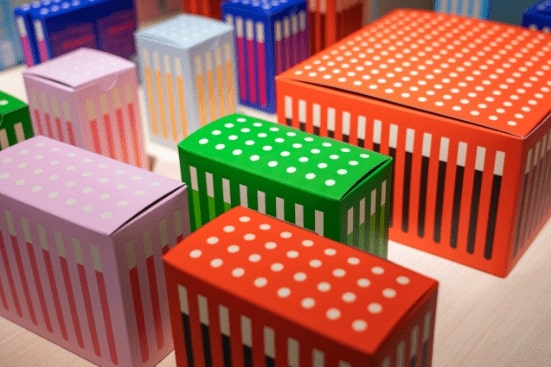
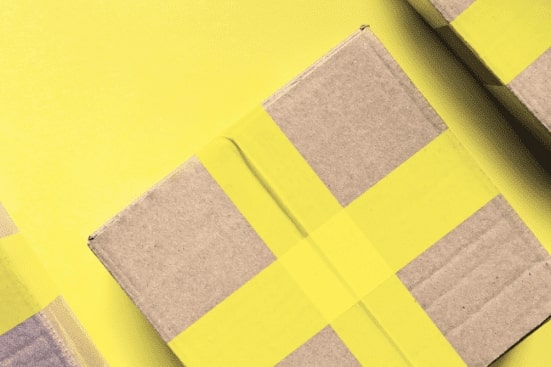
2. Feel It with Texture
- Texture Tells Tales: Beyond just looks, the feel of a package speaks to its quality. While women’s cosmetics usually feel silky, men’s products have a rugged texture, enhancing the masculinity vibe.
- Matte Vs. Shiny: Many natural crisps brands opted for matte bags to distance themselves from unhealthy crisps, contrasting the shiny ones associated with unhealthiness.
3. The Magic of Imagery
- Strategic Images: Using vertical stripes can create a luxurious feel. Showing a filled food bowl can entice consumers to eat more, and unrelated images, like a grain field on a grain-free product, can positively influence perception.

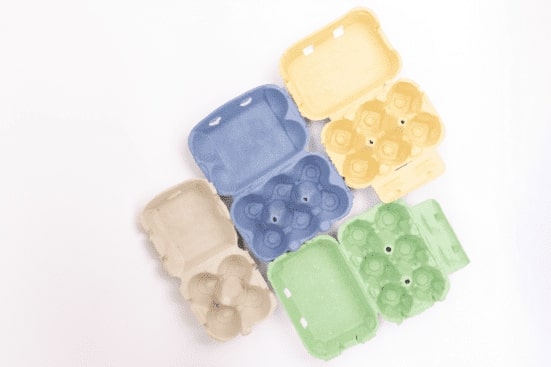
4. Shape Matters
- Shape Associations: Angular designs, like pentagon-shaped beer bottles, exude masculinity. In contrast, rounded shapes communicate gentleness and are suitable for family desserts. Also, square packaging can intensify food taste perceptions.
- Unique Shapes: Packaging with unconventional shapes can make consumers think there’s more product inside than there is.
5. Size Does Count
- Bigger or Better: Large packaging can increase consumption—great for snacks and essentials, making customers feel they’re getting a good deal. However, smaller packaging can denote higher quality, appealing to brands wanting to convey luxury.
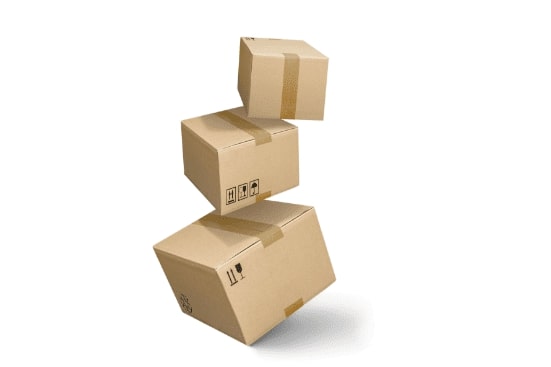

How Packaging Shapes Brand Identity?
Product packaging is not just a protective shell or a mere selling tool; it’s a brand’s visual voice. Here’s how packaging influences brand identity:
- Brand Expression: Quality design distinguishes leading brands, making them memorable.
- Relationship Building: User-friendly packaging fosters loyalty and can justify higher prices.
- Communication: Effective packaging clearly conveys essential product details.
- Selling: Beyond initial sales, the packaging ensures repeat business through positive user experiences.
- Protection & Aesthetics: While design attracts, functionality ensures trust.
Conclusion:
Packaging is more than just a protective barrier—it’s an intricate dance of psychology and branding. Every design element holds weight, from color choices influenced by cultural nuances to tactile experiences that resonate with target audiences. How a product is packaged can profoundly affect consumer perception, drive sales, and build lasting brand loyalty. The subtle language communicates a brand’s promise, quality, and identity, ensuring it stands out and remains memorable in a sea of choices.

Packaging for the Future: Sustainable Solutions in E-commerce
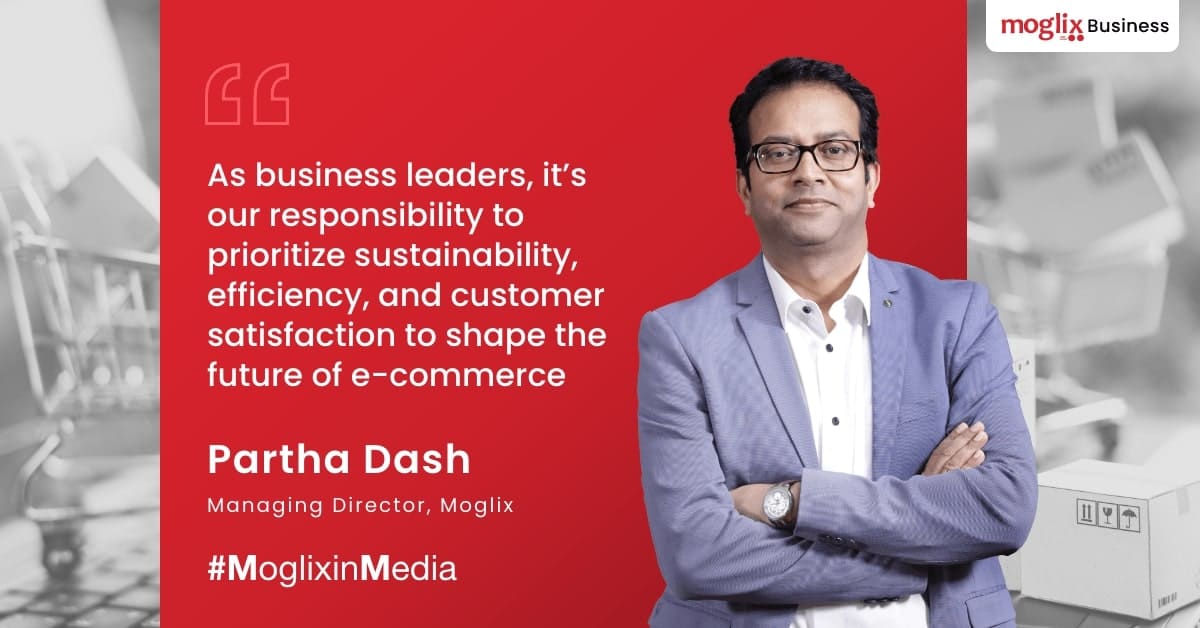
Packaging for the Future: Sustainable Solutions in E-commerce
In 2022, global e-commerce sales stood at $5.63 trillion which represents nearly 19 percent of retail sales worldwide. Forecasts indicate that over the next five years, the online segment will make up close to a quarter of total global retail sales. This provides a fillip to the e-commerce packaging market which has enjoyed a CAGR of 20% since 2017 and expects to grow further.
The growth will be led by packaging manufacturers who continue to innovate as per the needs of the market.
How Moglix can add value to new age startups & budding entreprenures in building and scaling their brands through packaigng

How Moglix can add value to new age startups & budding entreprenures in building and scaling their brands through packaigng
Moglix empowered India’s fastest growing investment firm redefine packaging for its fashion, home and beauty and personal care brands through in-bound packaging supply chain.Read More



